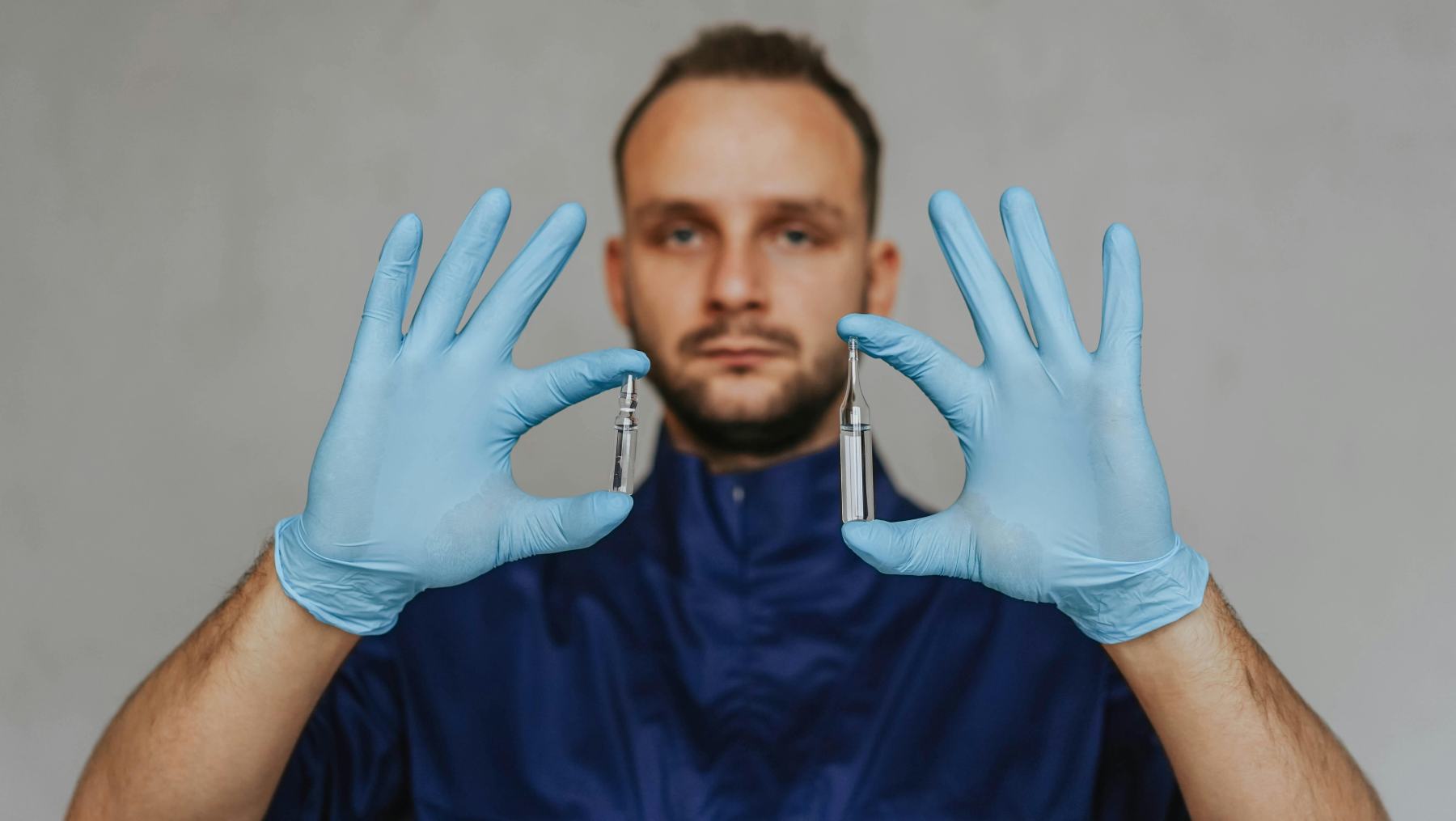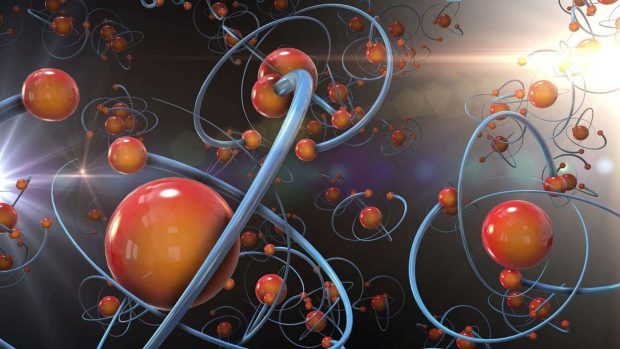from history to the present day

Immunization is considered one of the most important stages in the history of mankind. Thanks to the development of vaccines in recent decades, children and adults have become increasingly protected against many potentially serious diseases that have killed thousands of people in the past. Despite this, vaccines are a relatively recent invention, dating back to the experiments of Dr. Edward Jenner (1749-1823) in the United Kingdom over 200 years ago.
Scientific Revolution: Advances in Understanding the Immune System
As science has advanced, so has our understanding of the immune system. In the 19th century, Louis Pasteur conducted experiments that showed that microorganisms cause disease. His work led to the development of the germ theory of disease and the discovery of vaccines for rabies and anthrax. Pasteur also introduced the concept of an “attenuated vaccine,” in which the pathogen is weakened in the laboratory so that the body can generate an immune response without causing disease.

In the 20th century, significant advances were made in vaccine production. The introduction of techniques such as pasteurization, together with cell biology and genetics, has led to the creation of more effective and safe vaccines. Vaccines against diseases such as measles, mumps, and rubella began to be administered on a massive scale, leading to dramatic declines in morbidity and mortality.
Some famous landmarks
Edward Jenner’s discoveries and the origin of the smallpox vaccine
The history of vaccines dates back to the 18th century, when English surgeon Edward Jenner noticed that some women who milked cows seemed protected from smallpox. after being infected with the virus that caused spiral smallpox, which was much less dangerous.
This discovery prompted him to conduct a kind of experiment. In 1796 Jenner scratched 8-year-old child’s hand with cowpox ulcer material what one of these women had. He then repeated the same experiment, but this time he added a small amount of smallpox virus to the same child. The doctor hoped that this procedure would immunize the child against smallpox, and it did. His experiment ushered in the era of vaccines.
Jenner’s method, later called the vaccine, was adopted in various countries such as Spain and France. but with certain difficulties due to problems with a constant supply of vaccine liquid and the lack of organization and management that would allow its distribution.
Louis Pasteur and the rabies vaccine (1885)
The next great advance in the history of immunization occurred at the end of the 19th century, when French bacteriologist Louis Pasteur discovered a vaccine against rabies from weakened microbes or viruses. In 1885, Dr. Pasteur used the vaccine to successfully prevent rabies in a boy named Joseph Meister, who was bitten by a rabid dog.
Rabies is a zoonotic viral disease widespread among mammals, including humans, affecting the central nervous system and causing acute encephalitis. Its lethality is close to 100%, so The discovery of his vaccine was a real revolution in medicine.
Tetanus vaccine (1890)
Ten years later, in 1890 Emil von Behring discovered through animal research that it was possible to create immunity against tetanus, a disease of the nervous system.. To do this, he administered measured doses of serum from another animal carrying the disease. After its discovery, at the beginning of World War I, soldiers began receiving doses of the serum tested on humans.
Immunization against polio, measles, rubella (1960-1970)
Dr. Jonas Salk and Dr. Albert Sabin developed one of the most important vaccines, active and inactivated polio vaccine, respectively. Their discoveries have made it possible to immunize countless children around the world against polio, a disease that can leave children confined to a wheelchair or on crutches for life.

Already in the 20th century, In the 1960s, American virologist Maurice Hilleman developed several important vaccines. such as the mumps vaccine in 1967 and the rubella vaccine in 1969. Two years later, he created a combination vaccine that would provide immunity to these two viruses and the measles virus, commonly known as the triple virus.
Hilleman also worked on developing vaccines for chickenpox, pneumococcus and meningitis. in the 1970s.
Vaccines today
Currently, Vaccines are one of the most successful discoveries of modern medicine. After its creation and implementation, the entire population is protected from a number of serious diseases.
The latest vaccine developed with the greatest global impact is one that protects against Covid-19. Due to the devastating effects of the coronavirus pandemic, laboratories have had to develop effective vaccines to protect humanity in record time. This incredible feat once again demonstrates that vaccines are the most powerful weapon in the fight against infectious diseases.
Recommended Reading
Vaccines and evolution
History of immunization